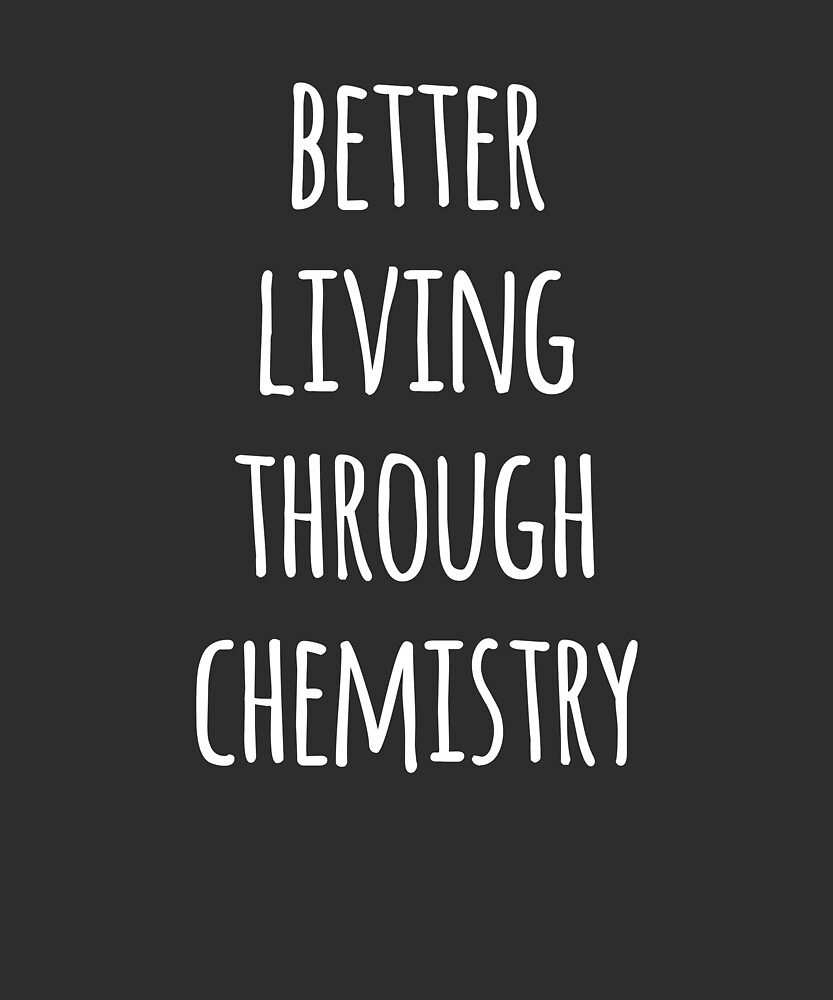stickman
Veteran Winemaker
- Joined
- Jun 16, 2014
- Messages
- 1,930
- Reaction score
- 2,248
Freezing is just a quick attempt at getting as much precipitation as possible.
"As ice formation increases, there is an increase in the relative concentration of all species in the sample, including alcohol, thus enhancing nucleation and crystallization."
1988 Bruce Zoecklein, Extension Enologist, Virginia Polytechnic Institute
"As ice formation increases, there is an increase in the relative concentration of all species in the sample, including alcohol, thus enhancing nucleation and crystallization."
1988 Bruce Zoecklein, Extension Enologist, Virginia Polytechnic Institute






















































![[Upgraded] 9Pcs Tree Root Growing Box with Drain Holes, Half Transparent Plant Rooting Propagation Ball & Metal Core Twist Ties, for Fast Propagation Plants (Size M)](https://m.media-amazon.com/images/I/514MWQxtWOL._SL500_.jpg)



